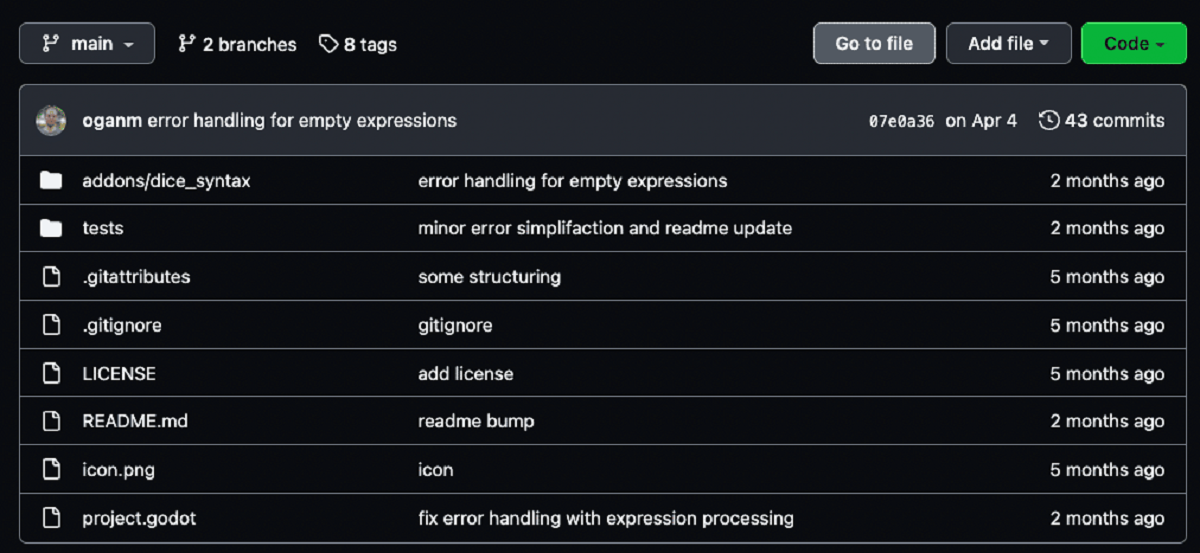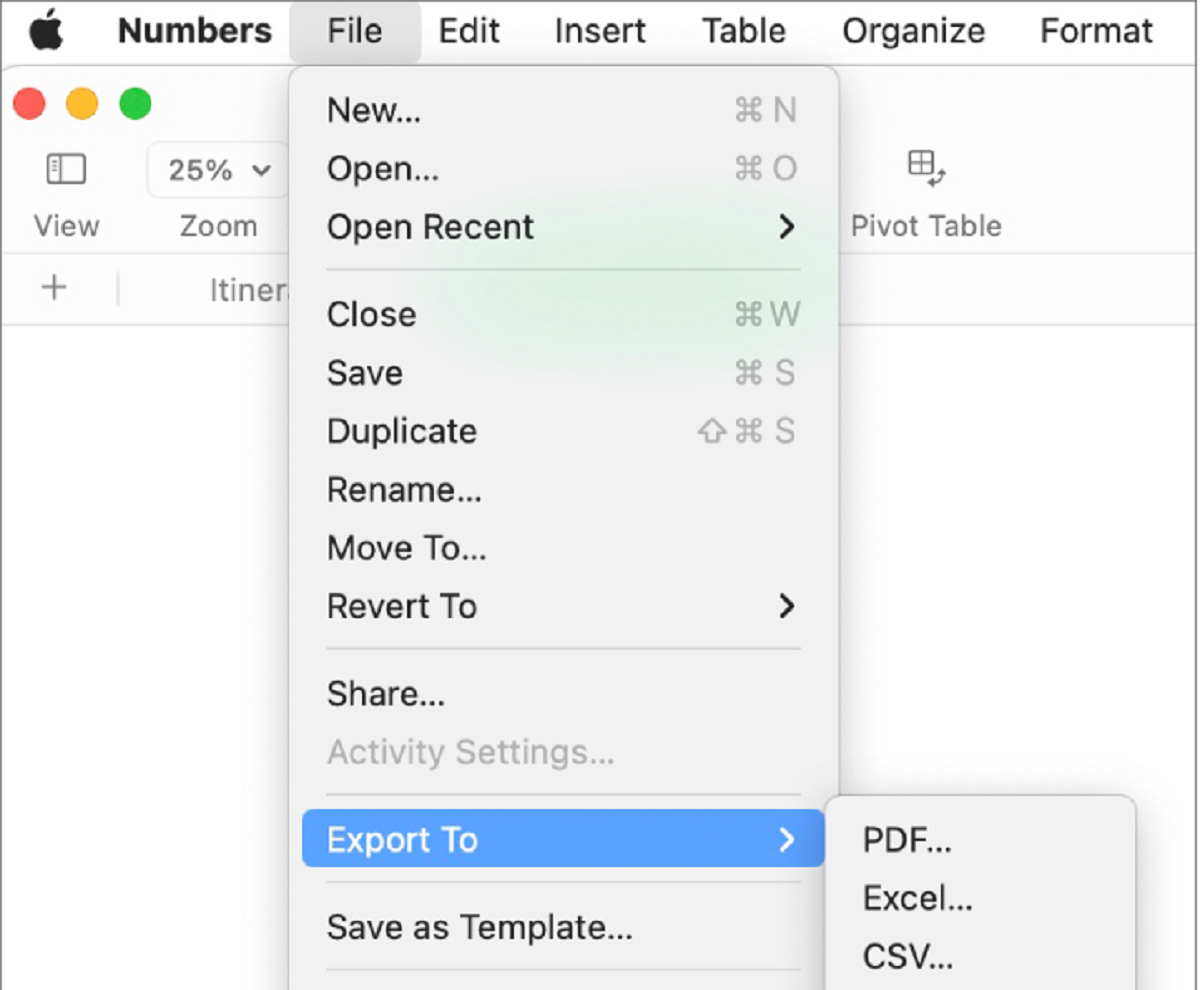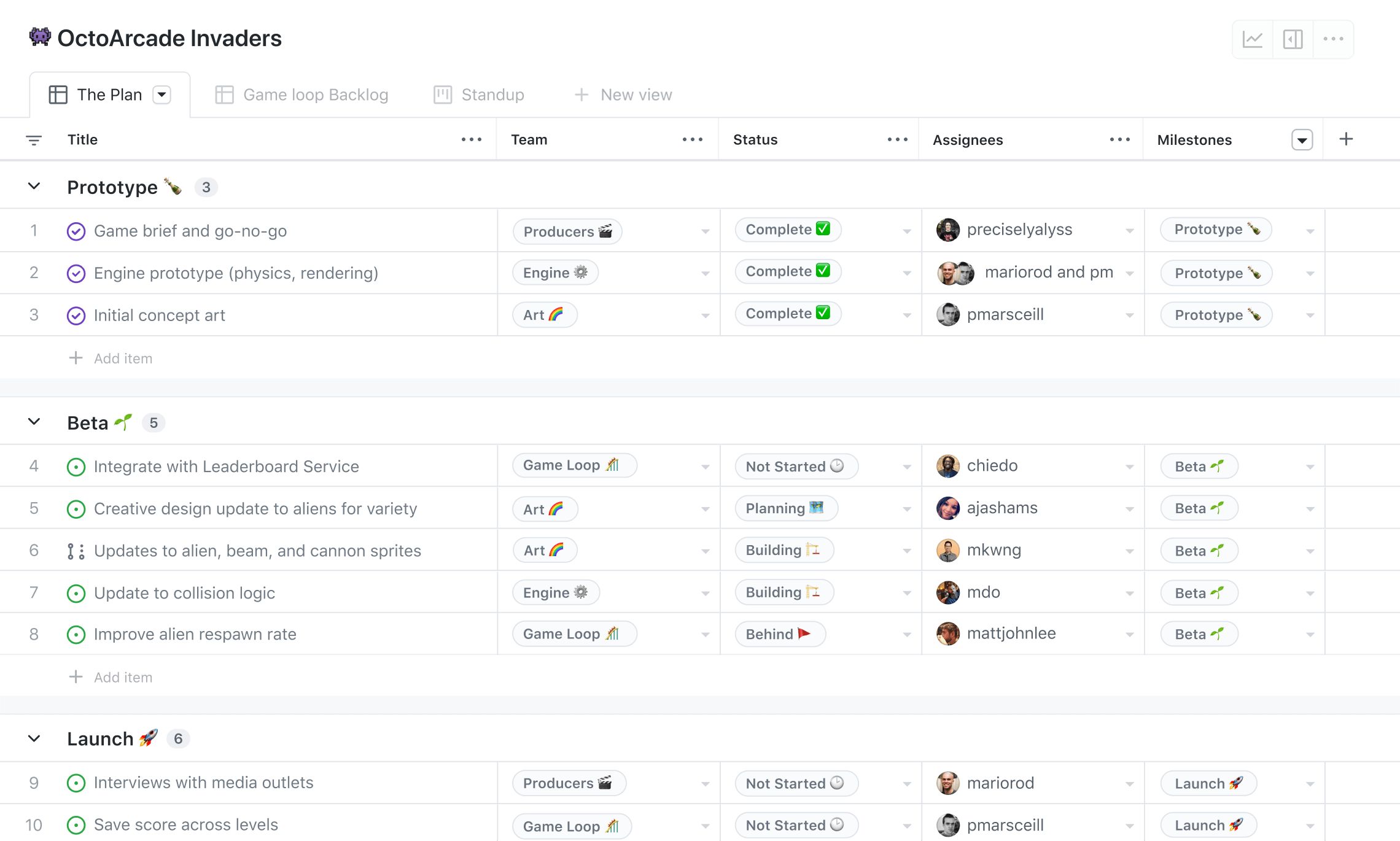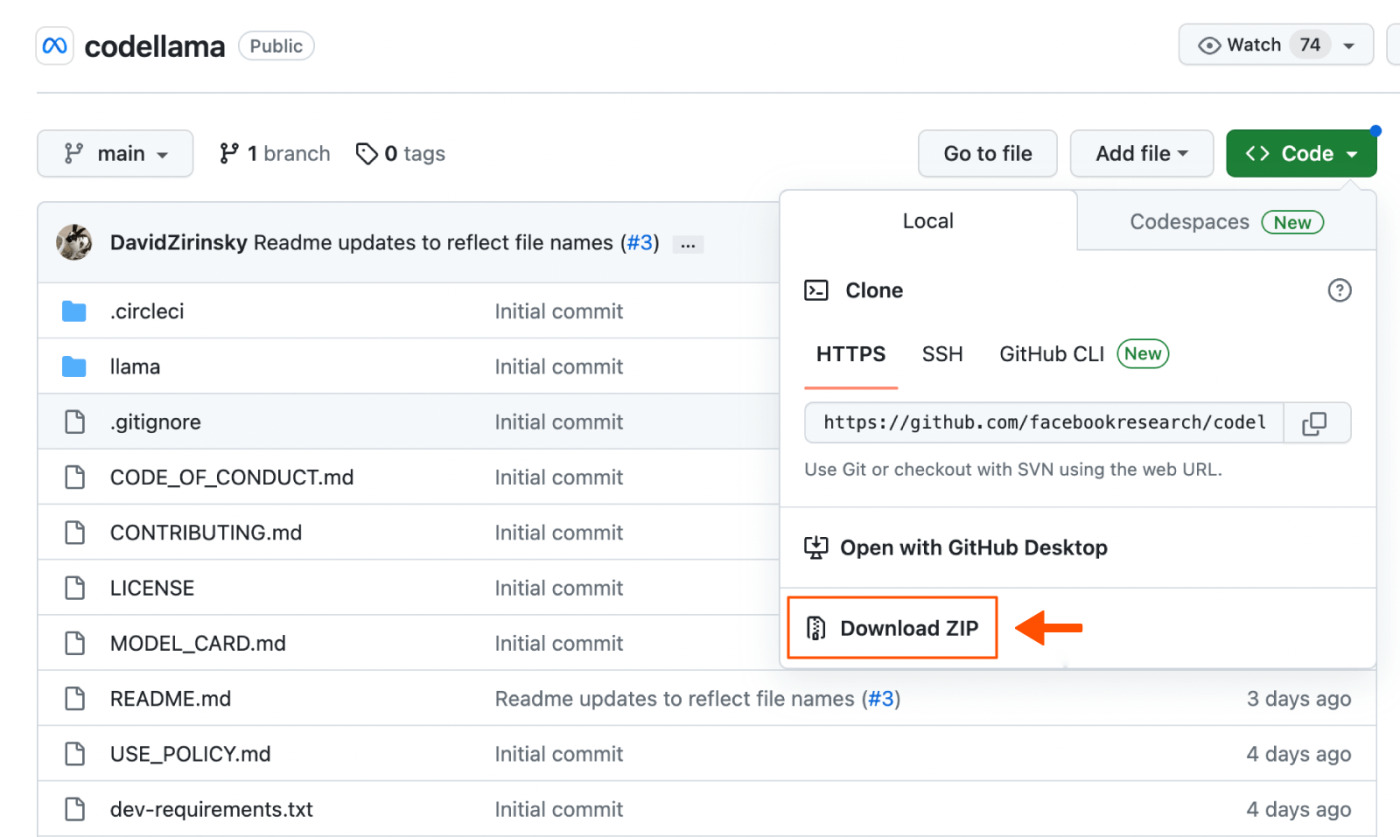Introduction
Downloading a CSV file from GitHub can be a useful process when you need to access and analyze data in a tabular format. GitHub, a popular platform for version control and collaborative coding, hosts millions of repositories that contain various types of files, including CSV files. By following a few simple steps, you can quickly and effortlessly download a CSV file from a GitHub repository.
In this guide, we will walk you through the process of downloading a CSV file from GitHub. Whether you’re a data analyst, researcher, or simply someone interested in exploring data, this step-by-step tutorial will help you retrieve CSV files from GitHub repositories with ease.
We’ll cover all the necessary steps, from signing in to GitHub to downloading and verifying the CSV file. By the end of this guide, you’ll have a clear understanding of how to access and utilize CSV files from GitHub for your specific needs.
Before we dive into the steps, it’s important to note that the process may slightly vary depending on the repository’s permissions. If you encounter any issues, make sure you have the necessary access rights and reach out to the repository owner for assistance.
So, without further ado, let’s get started and learn how to download a CSV file from GitHub!
Step 1: Sign in to GitHub
Before you can download a CSV file from GitHub, you need to have a GitHub account and be signed in. If you don’t have an account, you can create one for free by going to the GitHub website and clicking on the “Sign up” button. Fill out the required information, verify your email address, and then proceed to sign in.
Once you have an account, follow these steps to sign in to GitHub:
- Open your preferred web browser and navigate to the GitHub homepage (https://github.com/).
- Click on the “Sign in” button located in the top right corner of the page.
- Enter your GitHub username or email address in the designated field.
- Enter your password in the corresponding field.
- Click on the “Sign in” button to access your GitHub account.
After successfully signing in, you will have access to your GitHub profile and be able to navigate through repositories, including the one from which you want to download the CSV file.
It’s essential to note that having an account allows you to contribute to open-source projects, follow repositories, interact with other users, and access an array of other features and functionalities offered by GitHub.
Now that you are signed in to GitHub, you are ready to proceed to the next step: navigating to the repository where the CSV file is located. Let’s move on to Step 2!
Step 2: Navigate to the Repository
After signing in to GitHub, the next step is to find and navigate to the repository where the CSV file you want to download is located. The repository is essentially a container that holds all the files related to a specific project or codebase.
Follow these steps to navigate to the repository:
- Once you are signed in to your GitHub account, you will be redirected to the homepage.
- In the top navigation bar, click on the “Repositories” tab to access a list of repositories you have access to or are following.
- If the repository you are looking for is listed on the “Repositories” page, simply click on its name to open it. However, if you cannot find it on the list, use the search bar at the top of the page to enter the repository name or related keywords.
- GitHub will display a list of matching repositories based on your search query. Look through the results and click on the repository that matches your intended one.
Upon successfully navigating to the repository, you will be presented with the repository’s main page. Here, you can find relevant information about the project, including the repository’s description, contributors, branches, and other files and folders.
It’s important to note that you may need specific permissions to access a repository. If you encounter any issues accessing a repository, double-check your permissions or contact the repository owner for assistance.
Now that you have successfully found and navigated to the repository, it’s time to proceed to Step 3: locating the CSV file within the repository.
Step 3: Find the CSV File
Once you have navigated to the repository where the CSV file is located, the next step is to locate the specific file within the repository. GitHub provides several ways to explore the contents of a repository, making it easier to find the desired CSV file.
Here’s how you can find the CSV file:
- On the repository’s main page, you will see a list of files and folders. Take a moment to review the available files, as the CSV file may be located in a specific directory or folder within the repository.
- If the CSV file is located in the root of the repository, it will be displayed directly on the main page. Look for the file with the “.csv” extension in the list.
- If the CSV file is located within a folder, click on the folder’s name to navigate inside it. Once inside the folder, you should be able to locate the CSV file among the listed files.
- If the repository contains a large number of files or subfolders, you can use the search bar at the top of the page to search for the specific CSV file by name.
Once you have found the CSV file, take note of its name and its location within the repository. This information will come in handy in the next step when it’s time to download the file.
Keep in mind that the organization and structure of repositories can vary, so the process of locating the CSV file may be slightly different depending on the repository you are accessing.
Now that you have successfully located the CSV file within the repository, it’s time to move on to the next step: downloading the file. Let’s proceed to Step 4!
Step 4: Download the CSV File
After finding the desired CSV file within the GitHub repository, the next step is to download it to your local device for further use and analysis. GitHub provides an intuitive and straightforward way to download files, including CSV files, from repositories.
Follow these steps to download the CSV file:
- On the repository’s main page, navigate to the location of the CSV file.
- Click on the name of the CSV file to open its preview.
- In the upper-right corner of the preview page, you will find a button labeled “Download.” Click on this button to initiate the download process.
- Depending on your browser settings, a pop-up window may appear, allowing you to choose the file destination on your local device. If prompted, select the desired location, such as your downloads folder, and click “Save” or “OK.”
GitHub will then download the CSV file to the specified location on your local device. The speed of the download will depend on your internet connection and the file size.
It’s important to note that the downloaded CSV file will maintain the same formatting as the one hosted on GitHub’s repository. This ensures that you can open and work with the file seamlessly across different applications and platforms.
Now that you have successfully downloaded the CSV file from GitHub, it’s time to move on to the final step: verifying the downloaded file to ensure its integrity and accuracy. Let’s proceed to Step 5!
Step 5: Verify the Downloaded File
Once you have downloaded the CSV file from GitHub, it’s crucial to verify its integrity and accuracy. Verifying the downloaded file helps ensure that you have obtained an unaltered version of the original file, free from any corruption or unintended modifications.
Here are the steps to verify the downloaded file:
- Locate the downloaded CSV file on your local device. By default, it is usually saved in your downloads folder, but you may have chosen a different location during the download process.
- To verify the integrity of the file, you can compare its file size with the size mentioned on the GitHub repository. You can find the file size on the GitHub repository’s file preview page. If the file sizes match, it indicates that the downloaded file is likely intact.
- To verify the accuracy of the file, you can open it using a spreadsheet application, such as Microsoft Excel or Google Sheets, depending on your preference. Once opened, ensure that the data in the CSV file corresponds to your expectations and matches the information you anticipated.
If the file size matches and the data appears to be accurate and consistent with your expectations, it is likely that the downloaded CSV file is valid and ready for use.
However, if you encounter any discrepancies or issues with the downloaded file, it is recommended to re-download the CSV file from the GitHub repository or contact the repository owner for further assistance.
Congratulations! You have successfully learned how to download a CSV file from GitHub and verify its integrity.
Now you can leverage the downloaded CSV file for data analysis, manipulation, and any other purpose that suits your needs. Enjoy exploring and utilizing the data from GitHub repositories!

























